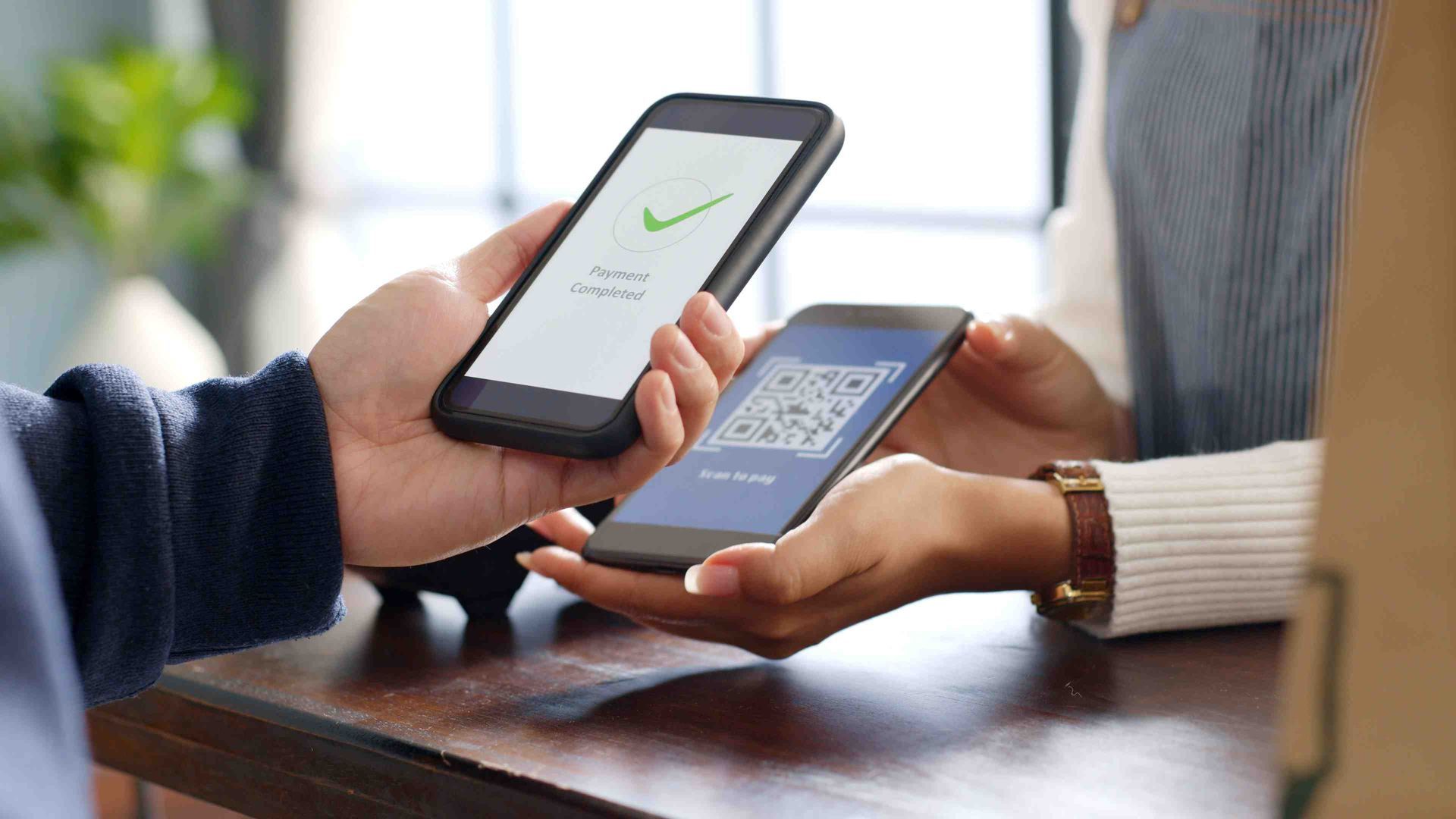Choosing the Best Paper for Business Cards
When you hand someone your business card, it’s often their first impression of your business. Sure, we’ve transitioned to a digital age, but don’t let that deceive you—business cards still hold a significant amount of weight.
But not every business card will send the same message. Factors like paper and layout play a huge role in effectively reflecting your brand. And that’s precisely what we’re discussing here today. So join us as we walk you through choosing the best paper for business cards.
What’s in a Point? Understanding 14 Pt Cardstock
You’ve likely come across the term “14 Pt cardstock” when researching business card materials. For those unaware, “Pt” stands for point and refers to the thickness of the paper. In this case, 14 Pt is equivalent to 0.014 inches. It has a certain heft, making it a traditional choice for business cards.
What’s more, paper thickness can be measured in GSM, which stands for grams per square meter. Newspapers are often 35-55 GSM, corporate brochures range between 170-300 GSM, and business cards? They usually fall in the 350-400 GSM range.
Thick or Thin? Choose Wisely
Thicker cards tend to feel more premium. They also offer the added benefit of durability. On the flip side, thicker paper could be a more expensive option, which might not fit every budget. Interestingly, thicker cards are usually the better option when it comes to double-sided printing; a solid base generally results in a higher-quality print.
Budget Considerations
It’s tempting to opt for thicker, more luxurious cards, but budget constraints often play a role in the decision-making process. Companies sometimes go for thinner cards to save costs. The key is to find a balance between quality and affordability.
Matte vs. Glossy Finish: What’s the Difference?
Alright, you’ve navigated through the labyrinth of paper thickness and budget considerations. You’re in the home stretch now—choosing the finish for your business cards. It’s like putting the icing on the cake. Let’s hash out the details of the two most popular options: matte and glossy finishes. Each has its own set of unique features, advantages, and disadvantages.
Opting for a Matte Finish
One of the foremost advantages of a matte finish is readability. The absence of glare under lighting conditions means your text is easily legible. This is particularly useful for business cards loaded with information.
Matte finishes exude a smooth, sophisticated feel that is often described as luxurious or refined. They also tend to pair exceedingly well with lighter color schemes or pastel tones, giving the card a modern, chic appearance.
If you’re the type who likes to jot down additional information on your business cards before handing them out, matte is your friend. A matte surface is more conducive to writing compared to its glossy counterpart.
While matte finishes are charming, they may be more prone to scuff marks and wear over time, especially if stored in a pocket or thrown into a purse without protection.
Choosing a Glossy Finish
When it comes to visual impact, glossy finishes take the cake. The high sheen amplifies colors, making your card stand out from a sea of others. If you’re in a creative field or your brand leans towards the vivacious, glossy may be the way to go.
Another check in the glossy category is durability. This finish type often includes a protective layer that helps your card resist moisture and wear. For those who anticipate their cards will go through a bit of a rough journey—say, being passed around at a busy trade show—a glossy finish offers additional resilience.
While glossy cards are attention-grabbing, they can suffer from glare under bright lighting conditions, which might hinder readability. Moreover, writing additional details on a glossy card? That’s a challenge unless you have a permanent marker handy.
Matte and glossy finishes offer different experiences and serve varied purposes. Your choice between the two should align with what you wish to convey through your business card. But whatever you choose, it’s vital to consider how the finish complements the paper type, the design elements, and, ultimately, your brand persona.
Beyond Paper and Finish: Overall Quality and Branding
Selecting paper and finish are just the first chapters in the epic saga of creating a memorable business card. Let’s take a moment to discuss the less obvious yet equally significant components that contribute to the overall quality and branding of your business card.
Brand Logo: A business card is never complete without the logo. It’s not just a symbol; it’s the visual representation of your company’s brand. Your logo should be eye-catching but not overwhelming, and the design must synchronize well with the paper type and finish you’ve selected.
Resolution: Remember, a poorly rendered logo will only serve to depreciate the quality of your card. Always use high-resolution images to ensure that your logo looks crisp and professional.
Color Palette: The color scheme of your business card is not just an aesthetic choice; it has the power to communicate the personality of your brand. Choose colors that echo your corporate values. For instance, a law firm might opt for more subdued, neutral tones, while a creative agency might select a vibrant, dynamic palette.
Cohesiveness: Make sure that the chosen colors cohere well with your logo and are consistently used across all branding materials, including your website and social media platforms.
Text and Typography: The fonts you choose are just as pivotal. Serif fonts often communicate tradition and reliability, while sans-serif fonts are seen as modern and clean. Your choice of font should be easily readable and scaled appropriately for all the necessary information to fit without appearing cluttered.
Additional Elements: In an increasingly digital world, it might be beneficial to include a QR code that directs to your LinkedIn profile or company website. Some people also choose to list social media handles. However, avoid overwhelming the card with too much information. The key is to maintain balance.
Last but not least, the actual print quality and craftsmanship that go into producing your business cards are essential. Even the best designs can fall flat if the printing is subpar. Choose a reputable printing service to ensure that your cards come out exactly as you envisioned them.
Wrapping It Up
Your business card is more than just a piece of paper; it’s a tangible extension of your brand. It should convey a sense of who you are, what you offer, and why you’re worth remembering.
And with that, you now have your very own guide to choosing the perfect paper for your business cards. Remember, it’s not just about the thickness or finish; it’s about how these elements come together to represent you and your brand.
Disclaimer: The information on this website and blog is for general informational purposes only and is not professional advice. We make no guarantees of accuracy or completeness. We disclaim all liability for errors, omissions, or reliance on this content. Always consult a qualified professional for specific guidance.
Recent Posts
Quick Links
Get In Touch
Sales: sales@oamiicards.com
Support: support@oamiicards.com

All Rights Reserved.
Website Designed & Managed by Oamii.





